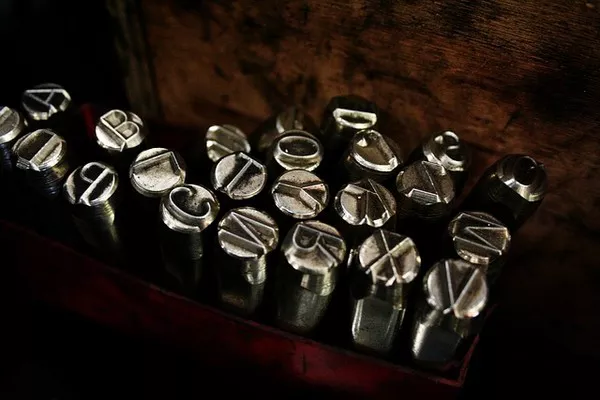In the precious metals market, the term “spot price” refers to the current market price at which a particular commodity, such as silver, can be bought or sold for immediate delivery. However, when purchasing physical silver bars, investors often notice that the price they pay is higher than the spot price. This phenomenon can be perplexing, especially for those new to investing in precious metals. The discrepancy between the spot price and the actual cost of silver bars arises from several factors, including manufacturing costs, market demand, and distribution logistics. This article delves into the reasons behind the premium on silver bars over the spot price.
Understanding Spot Price
The spot price of silver is determined by the global commodity markets, primarily influenced by supply and demand dynamics, geopolitical events, and macroeconomic trends. It represents the theoretical cost of silver if it were to be purchased or sold immediately. The spot price is typically quoted per ounce and fluctuates throughout the trading day based on market activity.
Premium Over Spot Price
When purchasing physical silver bars, the price paid by the buyer often includes a premium over the spot price. This premium is not arbitrary but is instead a result of several cost components and market factors.
1. Manufacturing Costs
Refining and Minting
The transformation of raw silver into investment-grade bars involves a refining process that purifies the metal. This process requires sophisticated technology and skilled labor, contributing to the overall cost. Once refined, the silver is cast into bars of various weights and sizes. Minting these bars also involves labor, machinery, and energy costs, all of which add to the final price.
Quality Control
Investment-grade silver bars must meet strict quality standards to ensure their purity and weight accuracy. Quality control measures include rigorous testing and certification processes, which ensure that each bar meets industry standards. These processes are vital for maintaining investor confidence but also add to the manufacturing costs.
2. Market Demand and Supply Dynamics
Investor Demand
The demand for physical silver bars can significantly influence their price. When investor interest in silver rises, due to economic uncertainty or as a hedge against inflation, premiums can increase. High demand can strain the supply chain, leading to higher costs for physical silver compared to the spot price.
Industrial Demand
Silver has numerous industrial applications, from electronics to solar panels, which also affect its market price. When industrial demand for silver is high, it can reduce the availability of silver for investment purposes, driving up premiums on physical bars.
3. Distribution and Logistics
Shipping and Handling
Transporting silver bars from the mint to retailers and ultimately to the buyer involves shipping and handling costs. These costs can be substantial, especially for international shipments, and are factored into the final price. Silver is a dense and heavy metal, making its transportation more expensive compared to lighter commodities.
Storage and Security
Silver bars require secure storage facilities to protect them from theft and damage. Retailers often pass on the costs associated with these storage and security measures to buyers. For individual investors, the need for secure storage can further increase the total cost of owning physical silver.
4. Retailer Markup
Business Overheads
Retailers incur various business expenses, including rent, utilities, employee salaries, and marketing. To cover these costs and generate a profit, retailers add a markup to the silver bars they sell. This markup varies depending on the retailer, the size of the purchase, and market conditions.
Market Position and Reputation
Retailers with a strong market presence and a reputation for reliability may charge higher premiums due to the perceived added value of purchasing from a trusted source. Buyers may be willing to pay a higher price for the assurance of authenticity and quality.
5. Economies of Scale
Bulk Purchases
Large-scale investors often benefit from economies of scale, receiving discounts on bulk purchases of silver bars. In contrast, individual investors buying smaller quantities may face higher premiums. The fixed costs of manufacturing, shipping, and handling are spread over fewer units, resulting in a higher per-unit cost for smaller purchases.
6. Market Conditions and Volatility
Price Volatility
The precious metals market is known for its volatility. During periods of significant price fluctuations, premiums on silver bars can increase. Retailers may raise premiums to mitigate the risks associated with holding inventory in a volatile market.
Economic and Political Factors
Geopolitical events, economic policies, and currency fluctuations can impact silver prices and premiums. For instance, during times of economic uncertainty, investors may flock to precious metals as a safe haven, driving up demand and premiums.
7. Taxation and Regulatory Costs
Taxes and Duties
In some jurisdictions, the purchase of physical silver bars is subject to sales tax or import duties. These additional costs are passed on to the buyer, increasing the overall price. The tax treatment of silver can vary widely depending on the country and specific regulations.
Regulatory Compliance
Complying with regulations governing the sale and distribution of precious metals can be costly for retailers. These costs include licensing fees, compliance audits, and reporting requirements, all of which contribute to the final premium on silver bars.
See Also The Spiritual Significance of Silver
Conclusion
The price discrepancy between the spot price of silver and the cost of silver bars is a multifaceted issue influenced by manufacturing expenses, market demand, distribution logistics, retailer markups, and regulatory factors. Understanding these elements helps investors make informed decisions when purchasing physical silver. While the premium over spot price may seem significant, it reflects the real-world costs of producing, distributing, and securing tangible assets. For investors, the value of physical silver lies not only in its potential for appreciation but also in its role as a hedge against economic uncertainty and inflation. By recognizing the factors contributing to the premium on silver bars, investors can better navigate the precious metals market and make strategic investment choices.


